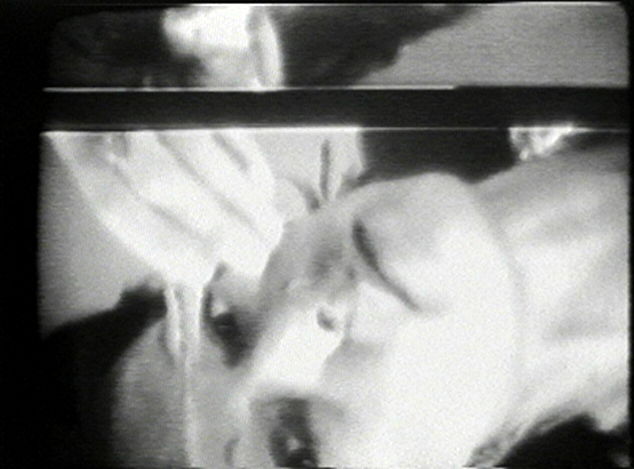Video art
Enlarge text Shrink text- AAT(video art. UF art, video. Used for works of art that employ video technology, especially videotapes. For the study and practice of the art of producing such works, use "video.")
Video art is an art form which relies on using video technology as a visual and audio medium. Video art emerged during the late 1960s as new consumer video technology such as video tape recorders became available outside corporate broadcasting. Video art can take many forms: recordings that are broadcast; installations viewed in galleries or museums; works either streamed online, or distributed as video tapes, or on DVDs; and performances which may incorporate one or more television sets, video monitors, and projections, displaying live or recorded images and sounds. Video art is named for the original analog video tape, which was the most commonly used recording technology in much of the form's history into the 1990s. With the advent of digital recording equipment, many artists began to explore digital technology as a new way of expression. Video art does not necessarily rely on the conventions that define theatrical cinema. It may not use actors, may contain no dialogue, and may have no discernible narrative or plot. Video art also differs from cinema subcategories such as avant garde cinema, short films, and experimental film.
Read more on Wikipedia >
 Topic
Topic





